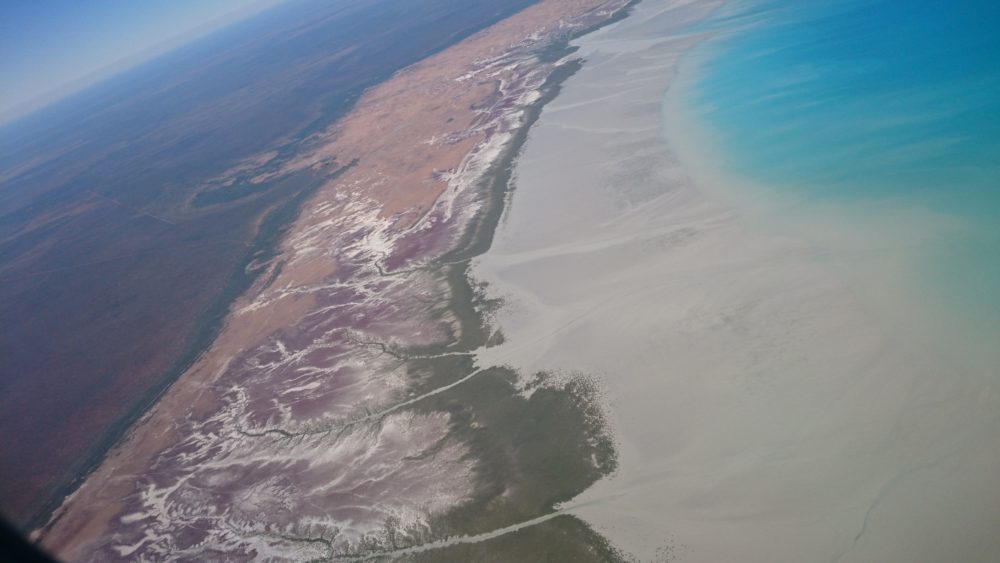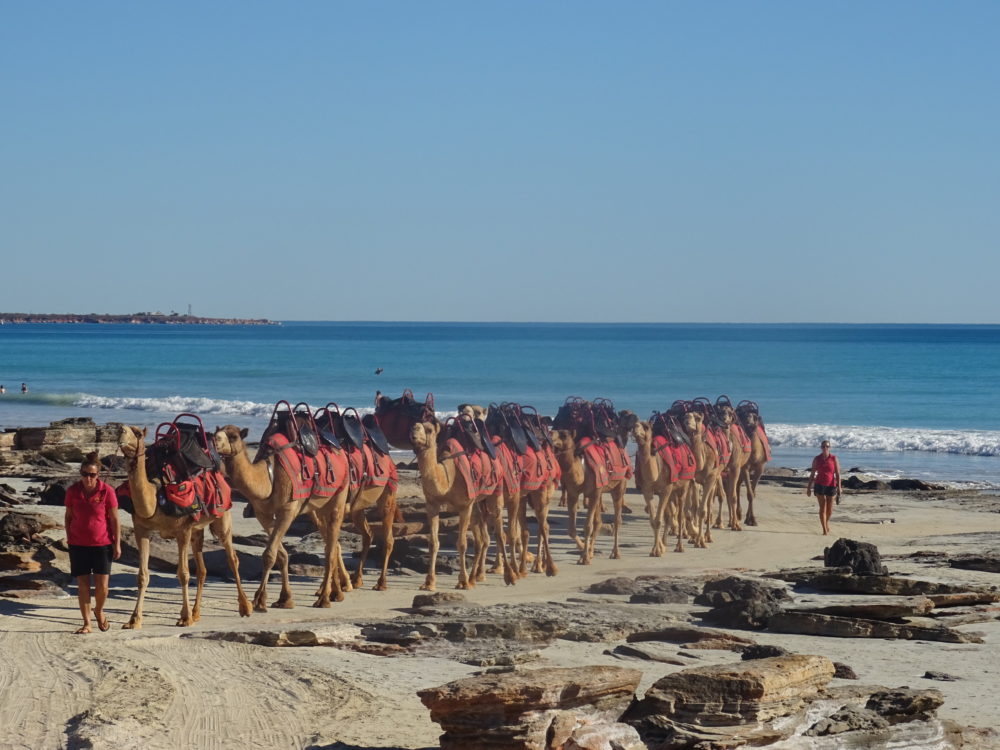By Neena Bhandari
Broome [Western Australia], 02.05.2018 (The Hindu): In Australia’s north-western coastal pearling town of Broome, the Mangrove Hotel’s garden bar is packed with visitors and there is no room near the deck overlooking Roebuck Bay. The excitement is palpable as the sky begins to turn ink blue. In anticipation, the crowd cascades into silence as the swaying branches of frangipani and palm fan the gentle autumn breeze.
STAIRCASE TO THE MOON: A silver line appears on the horizon bathed in a reddish-orange glow. A golden stairway begins to appear as the full moon makes its ascent. Immersed in the spectacle, I am almost oblivious to the photo frenzy ensuing around me. Staircase to the Moon is a natural phenomenon visible from March to November when the rising full moon, reflecting off the exposed tidal mudflats in the bay, creates this optical illusion.



